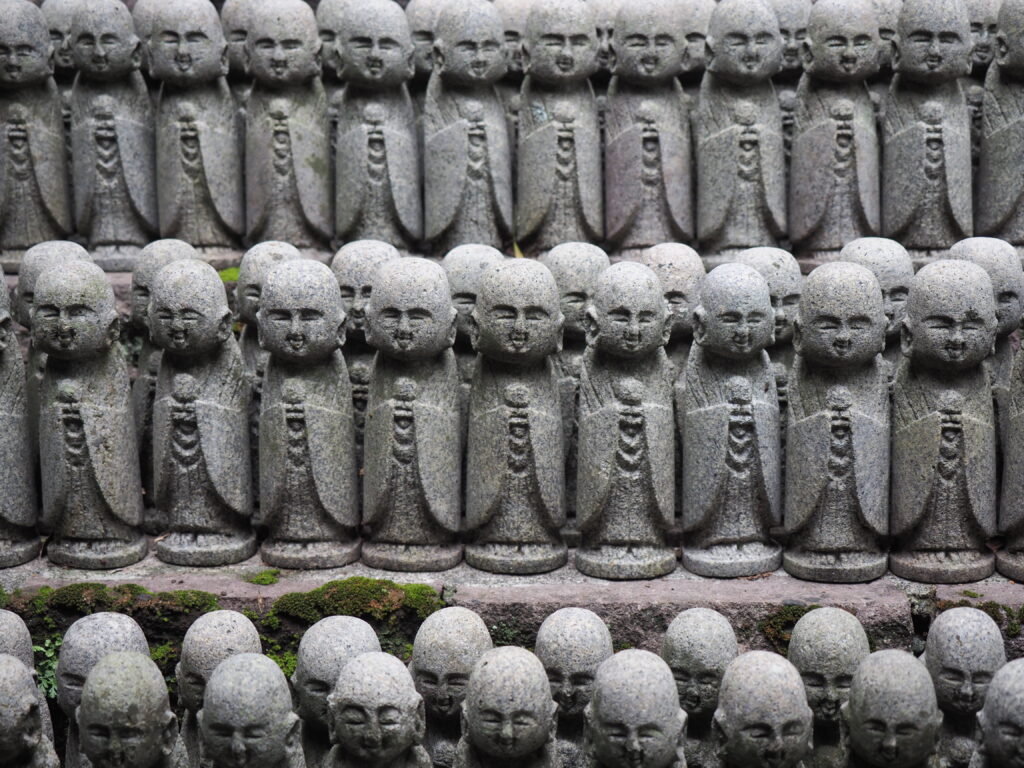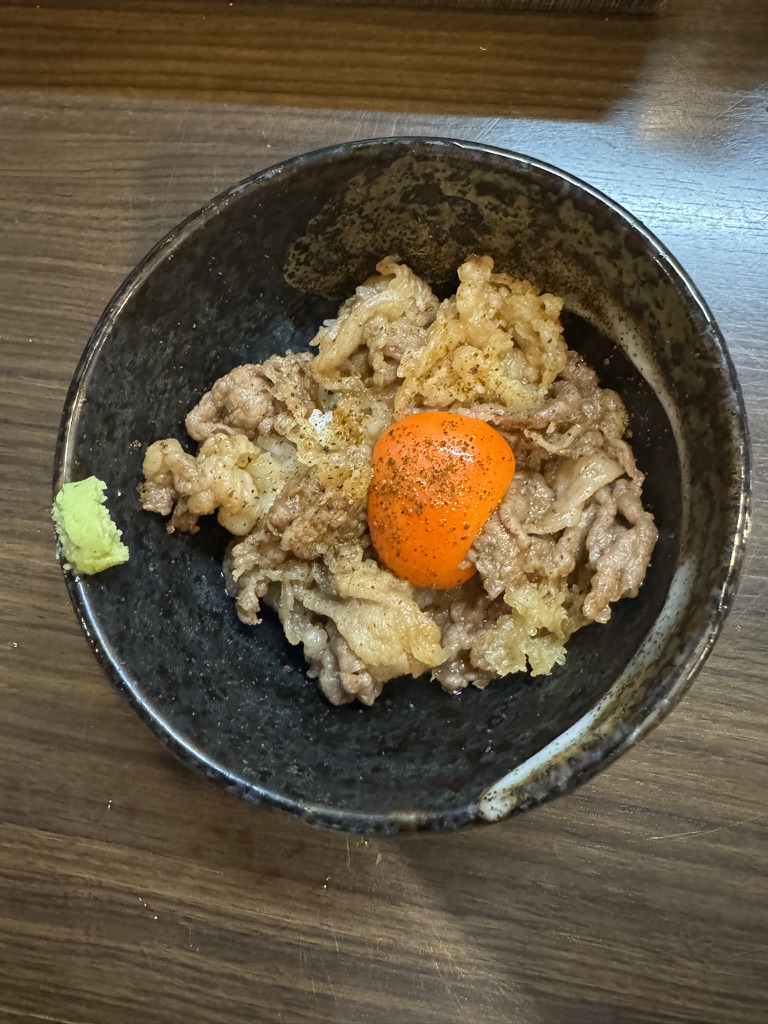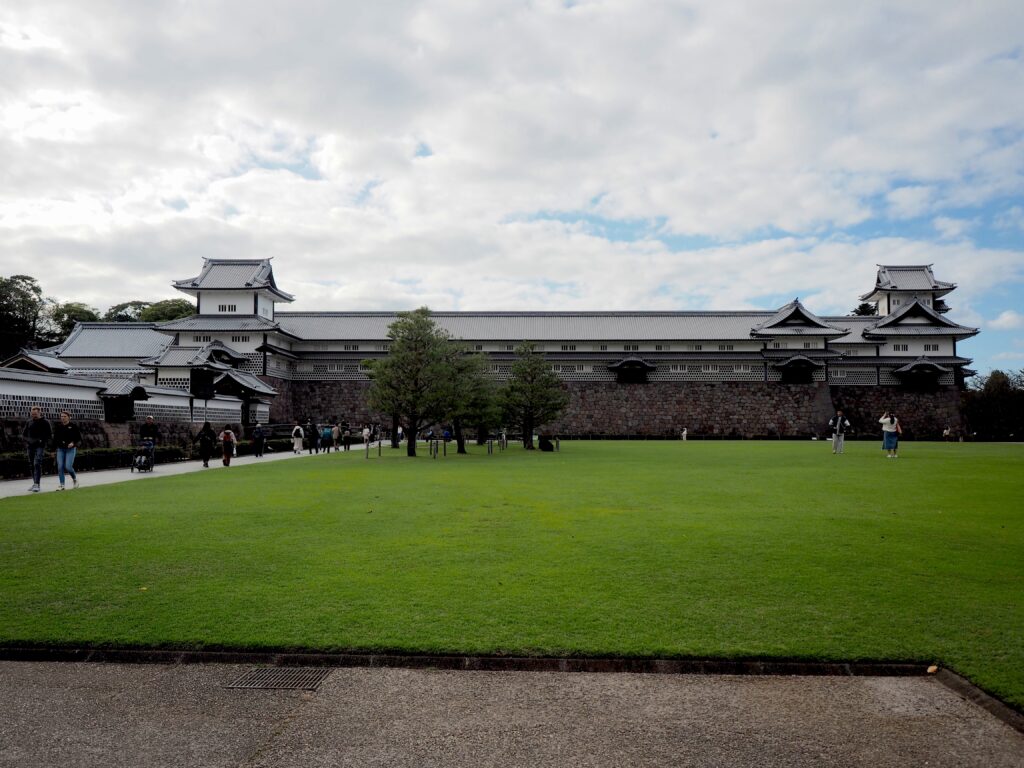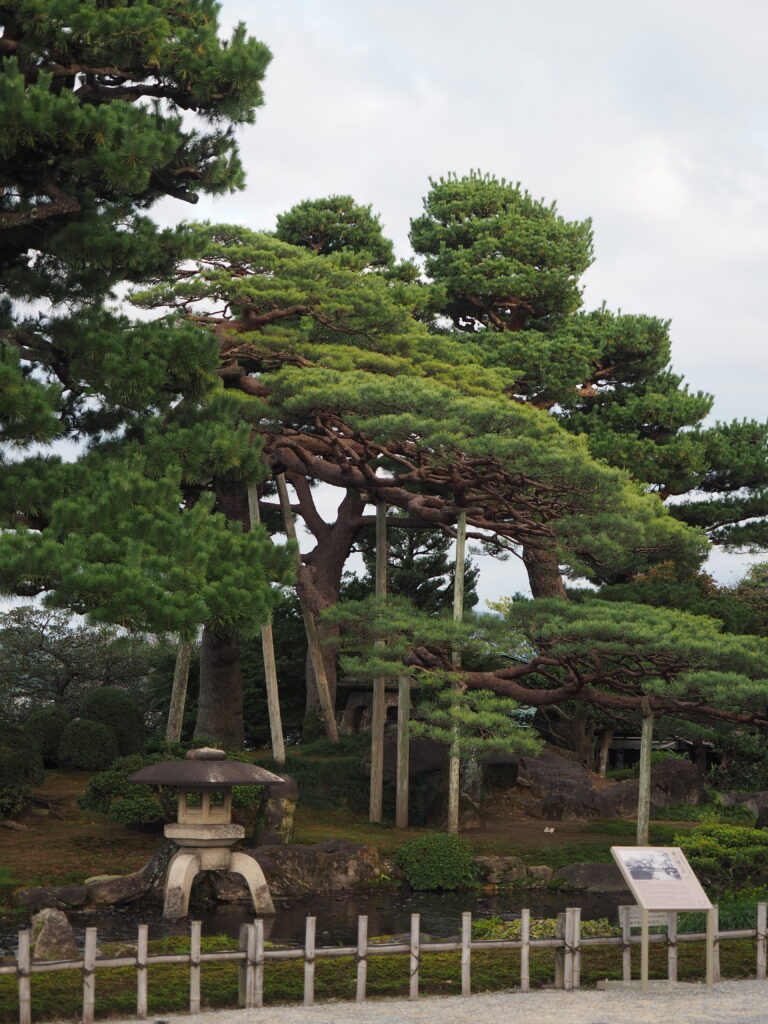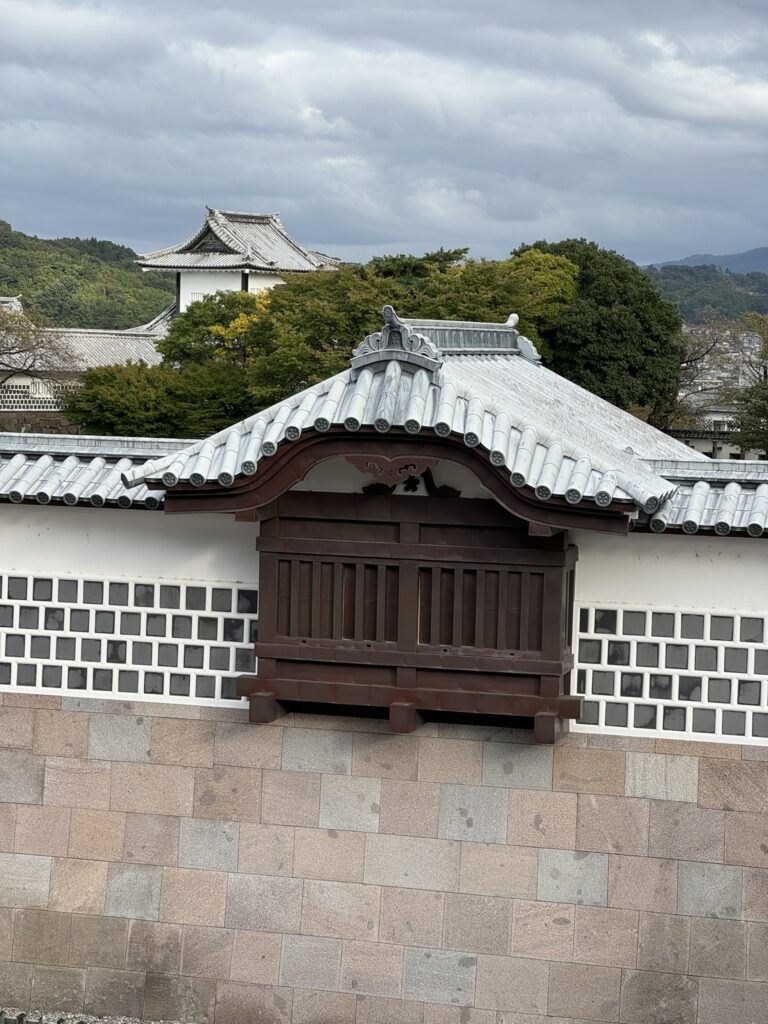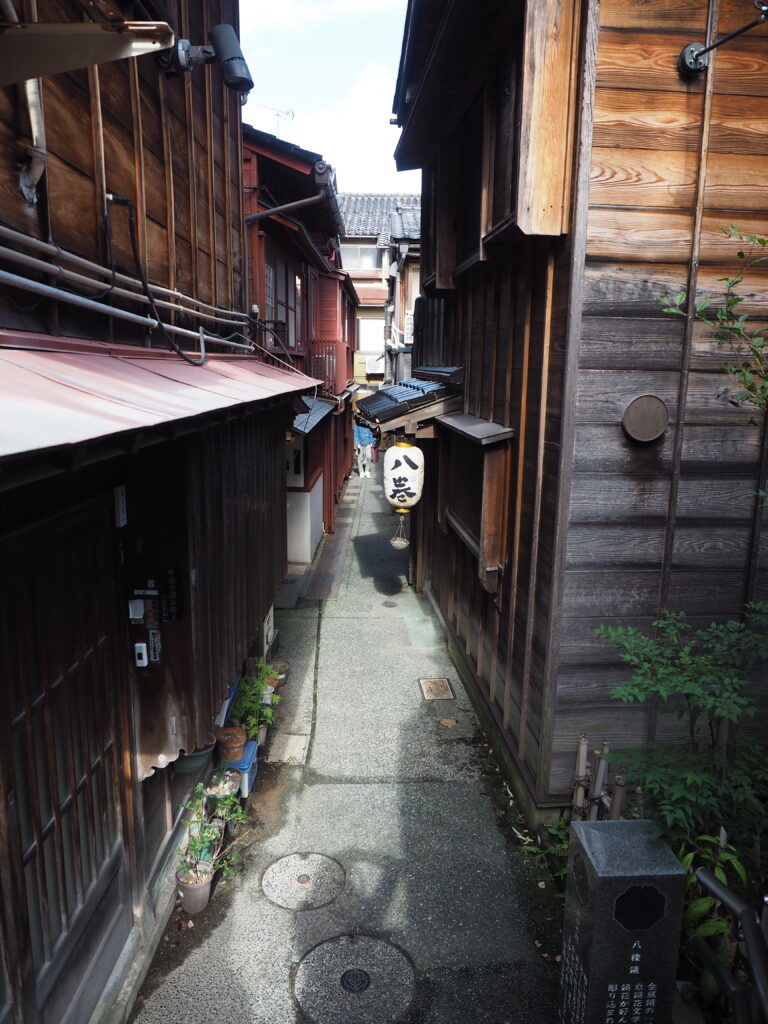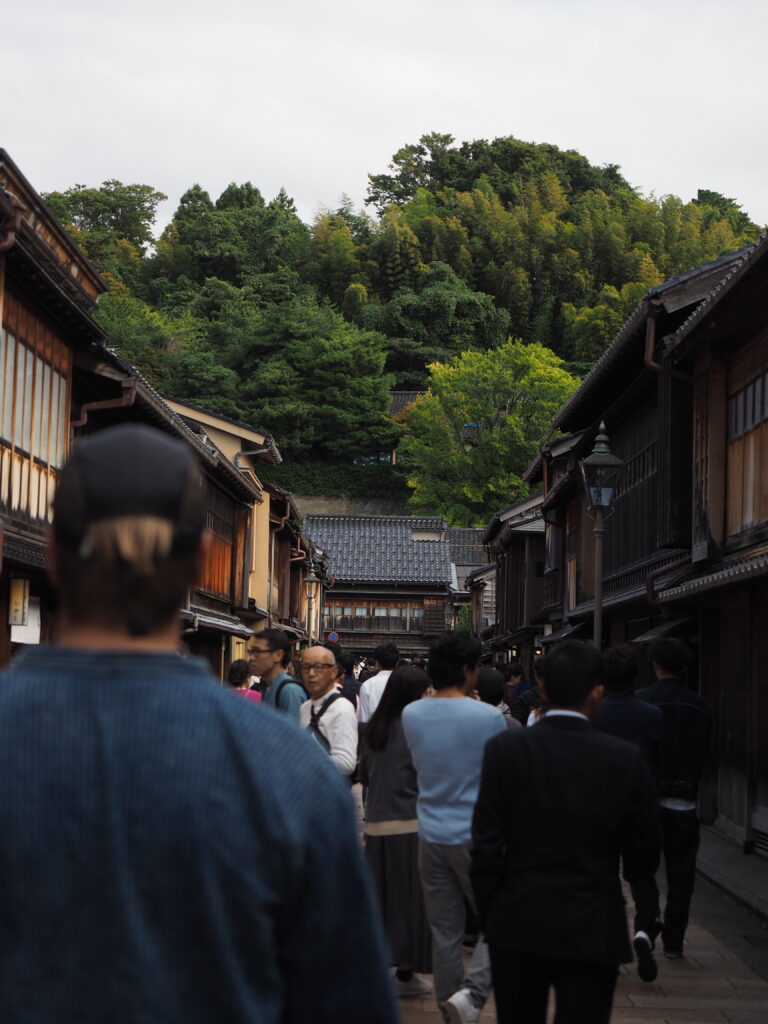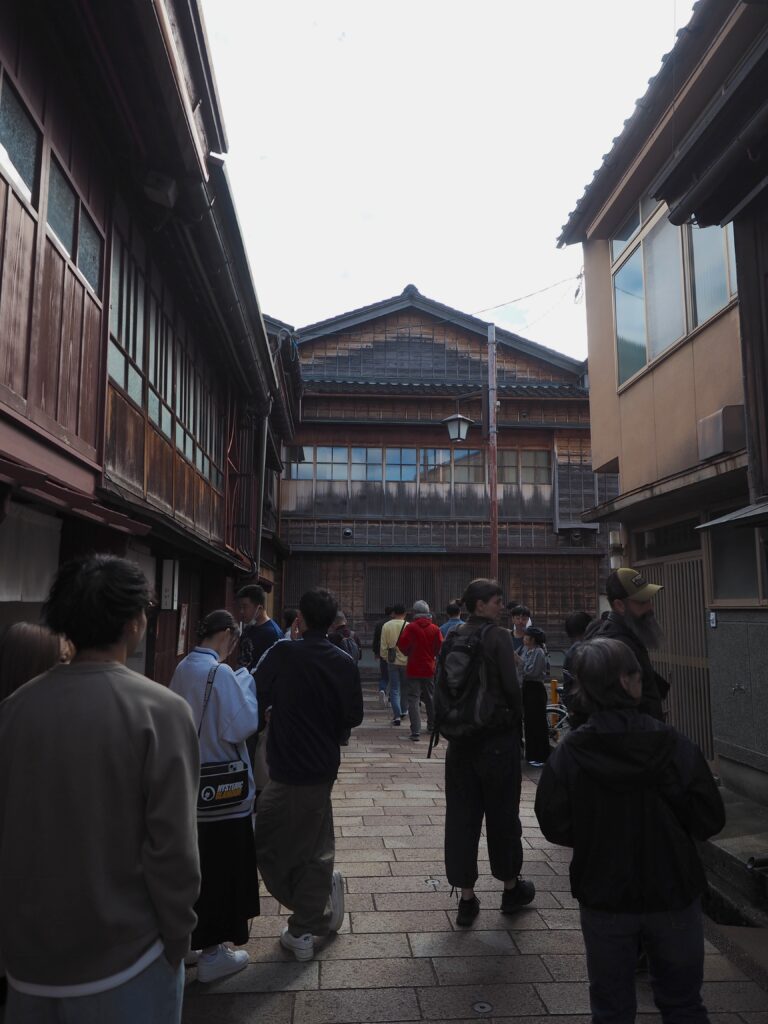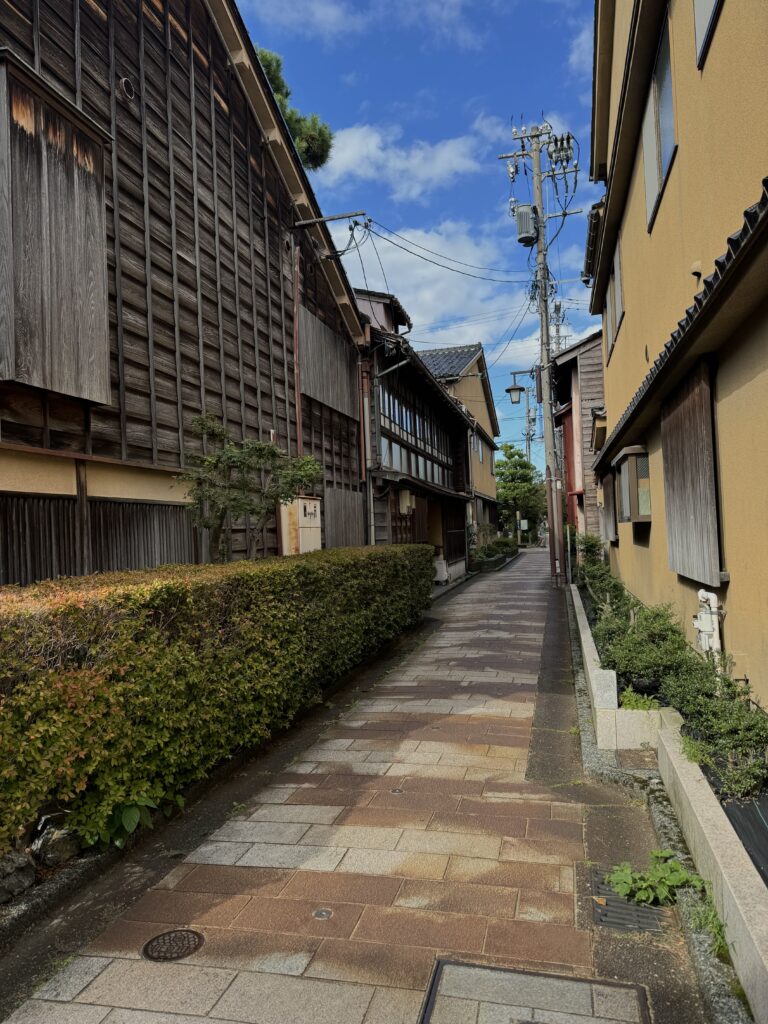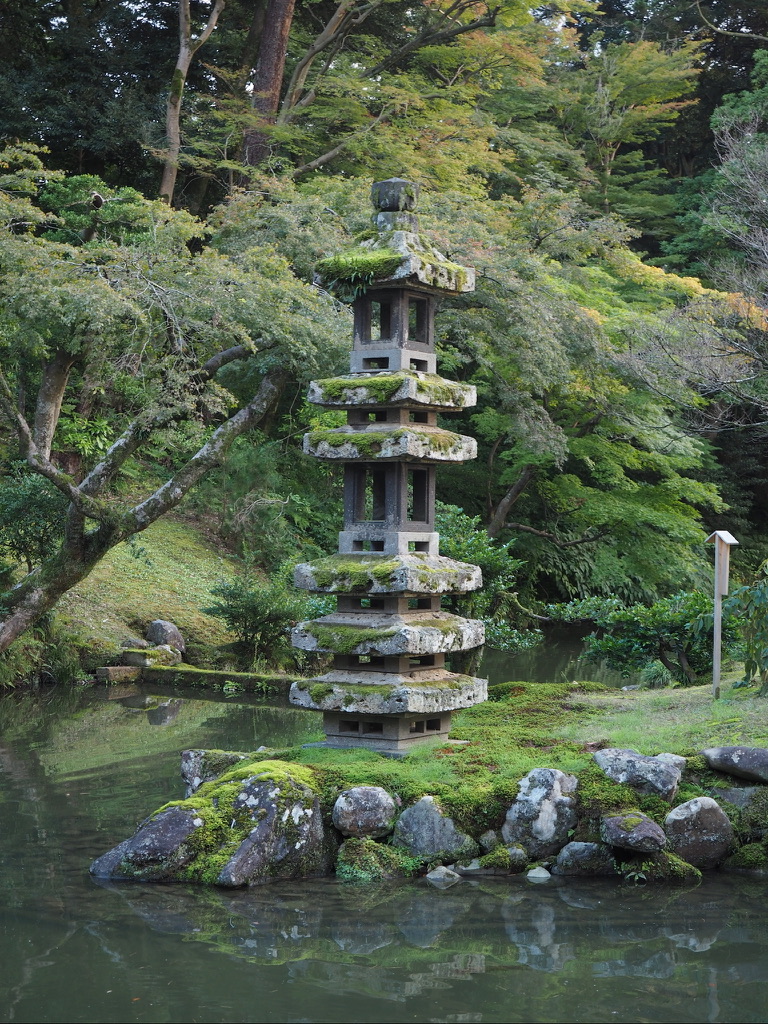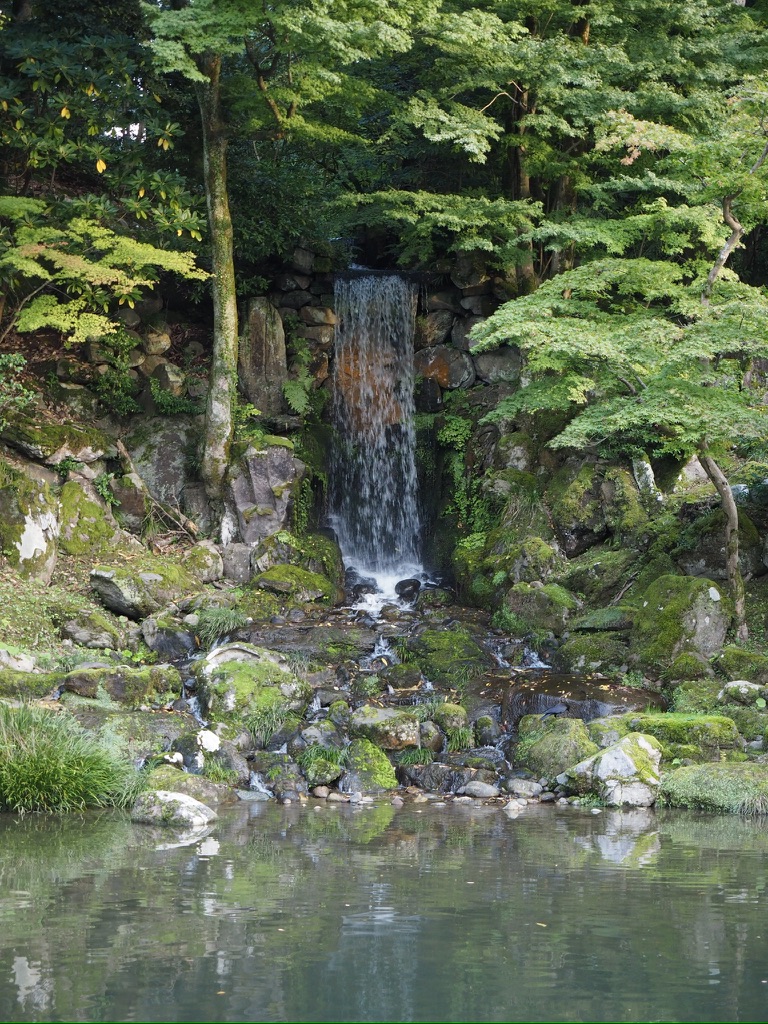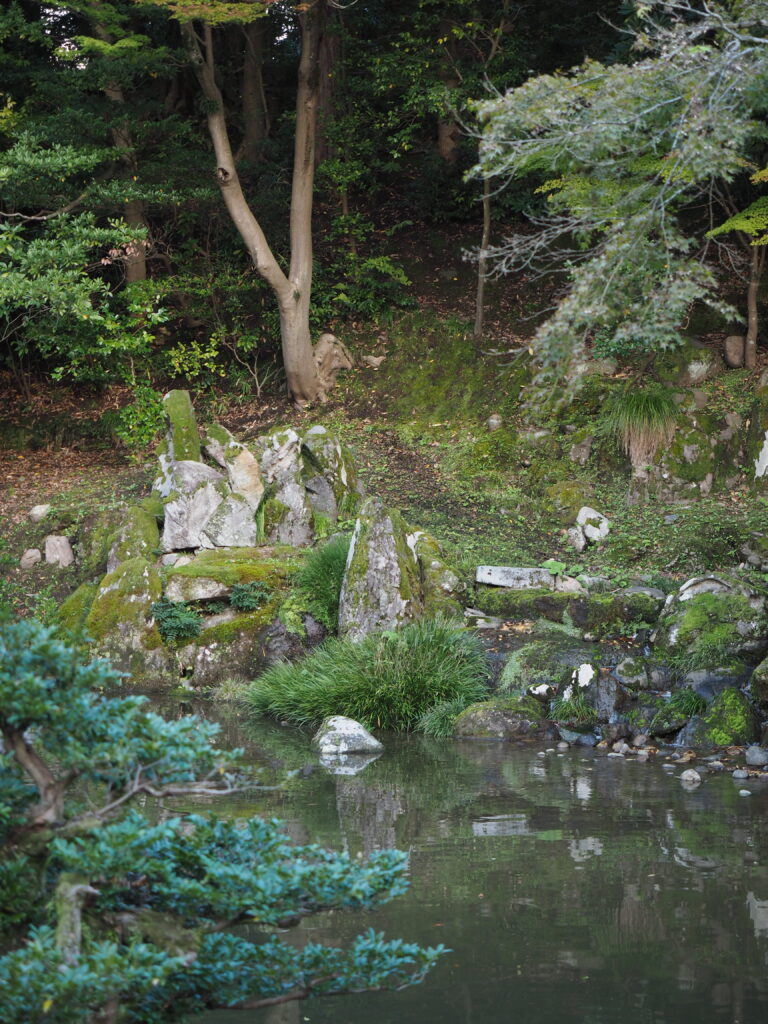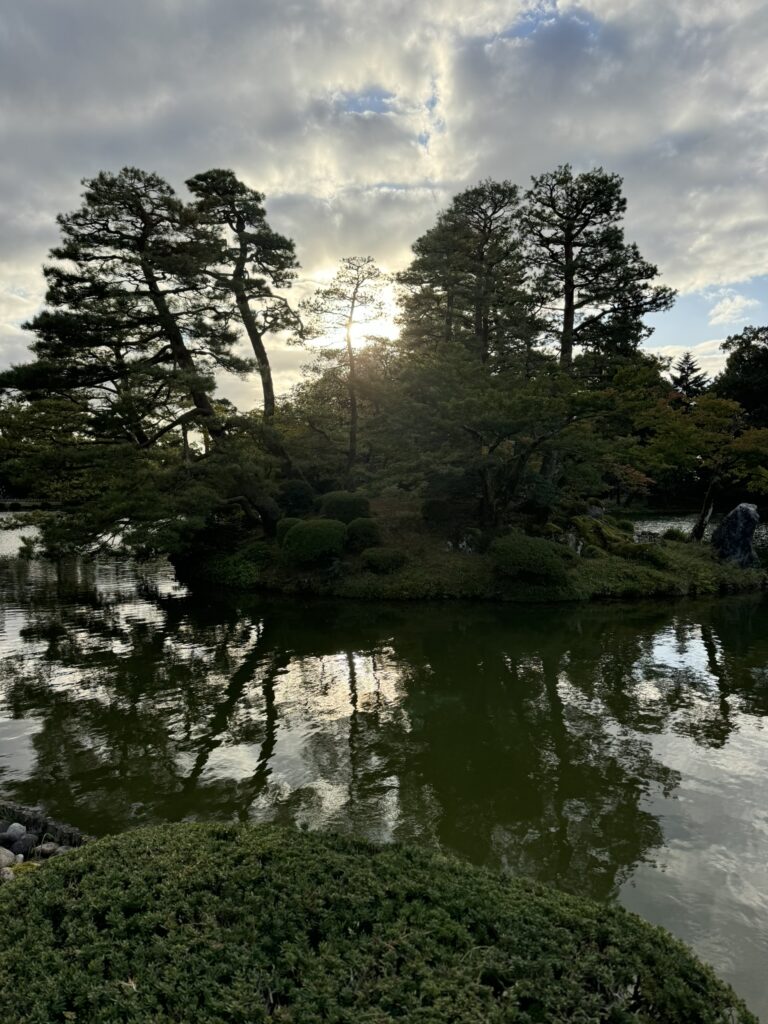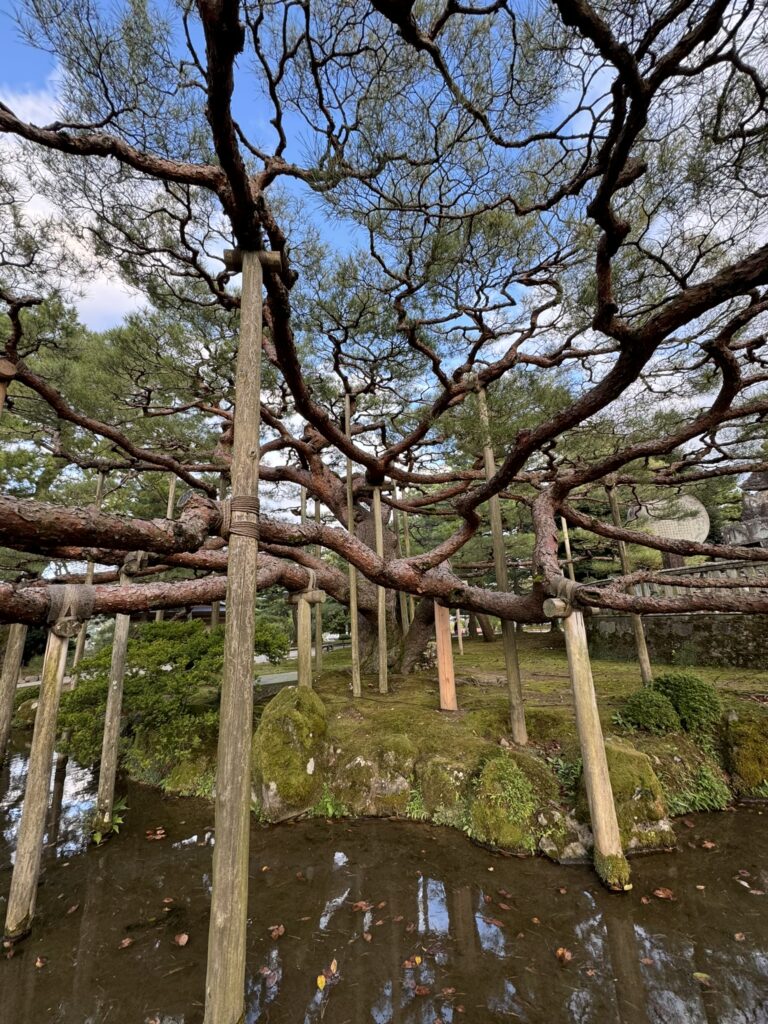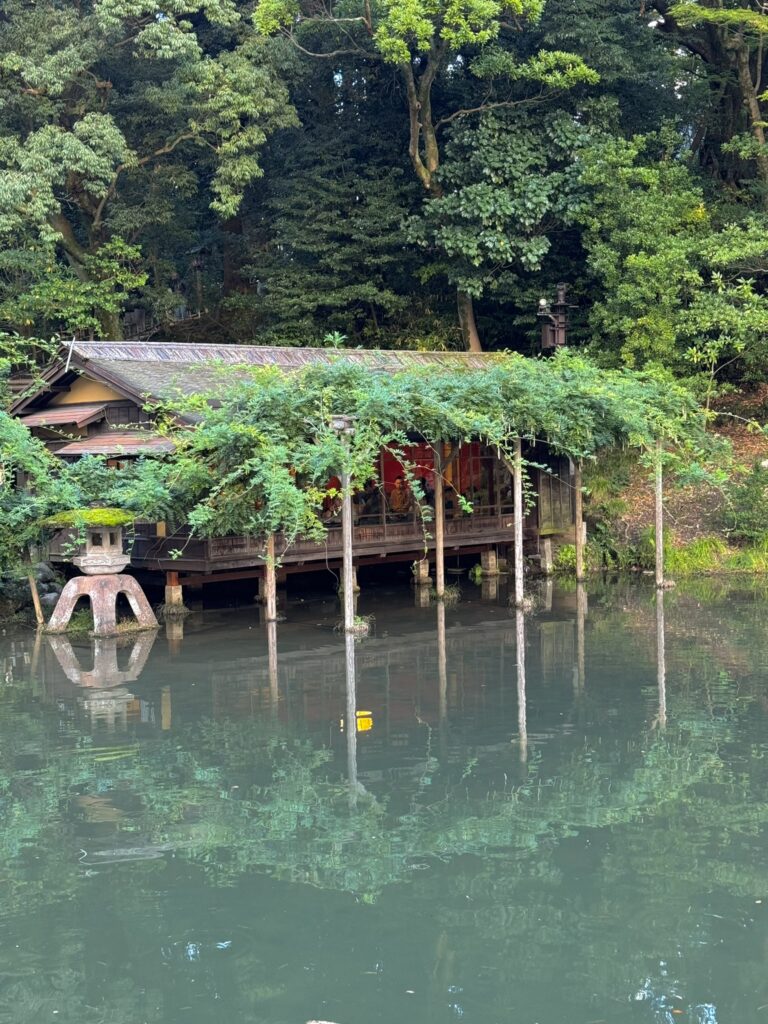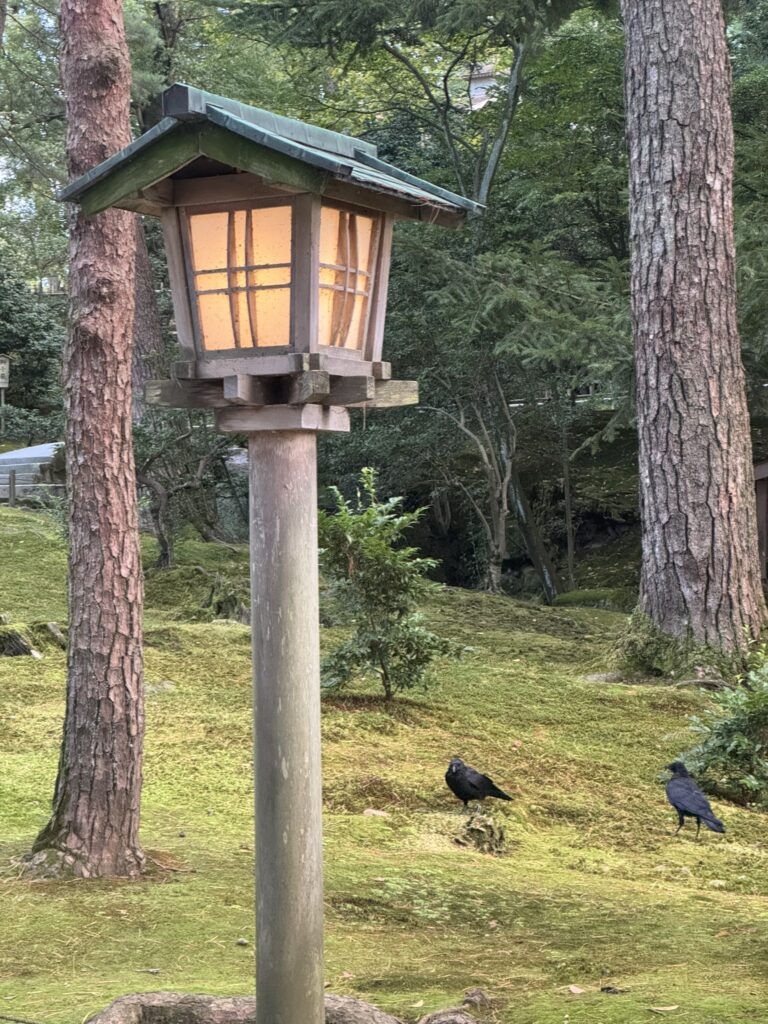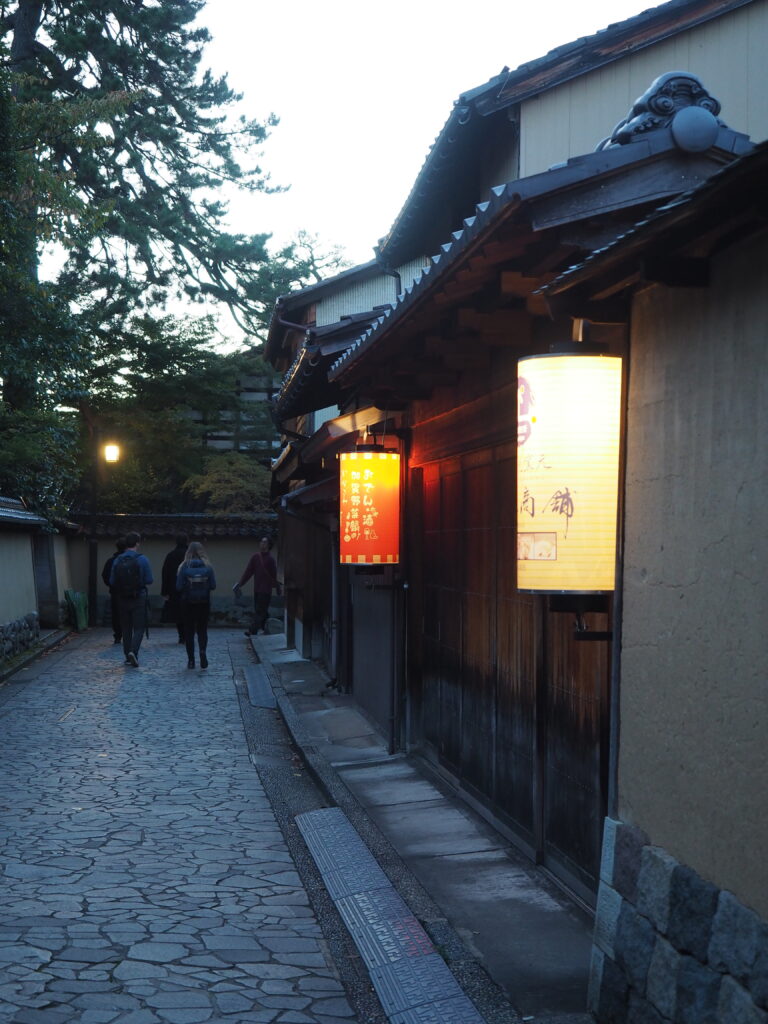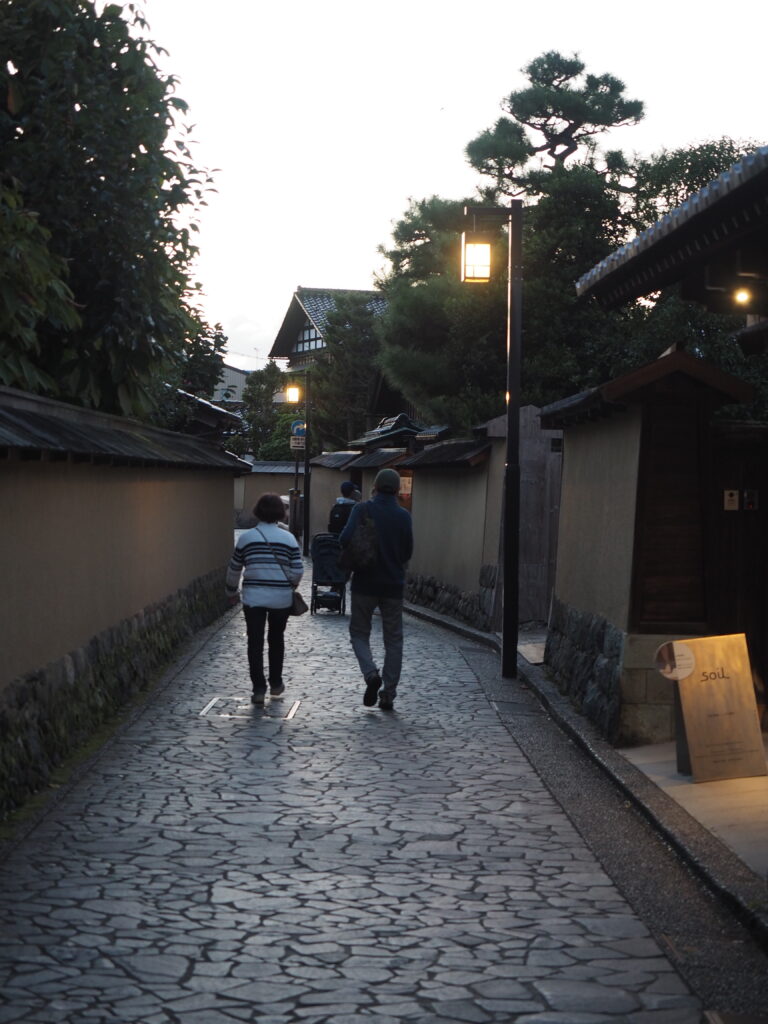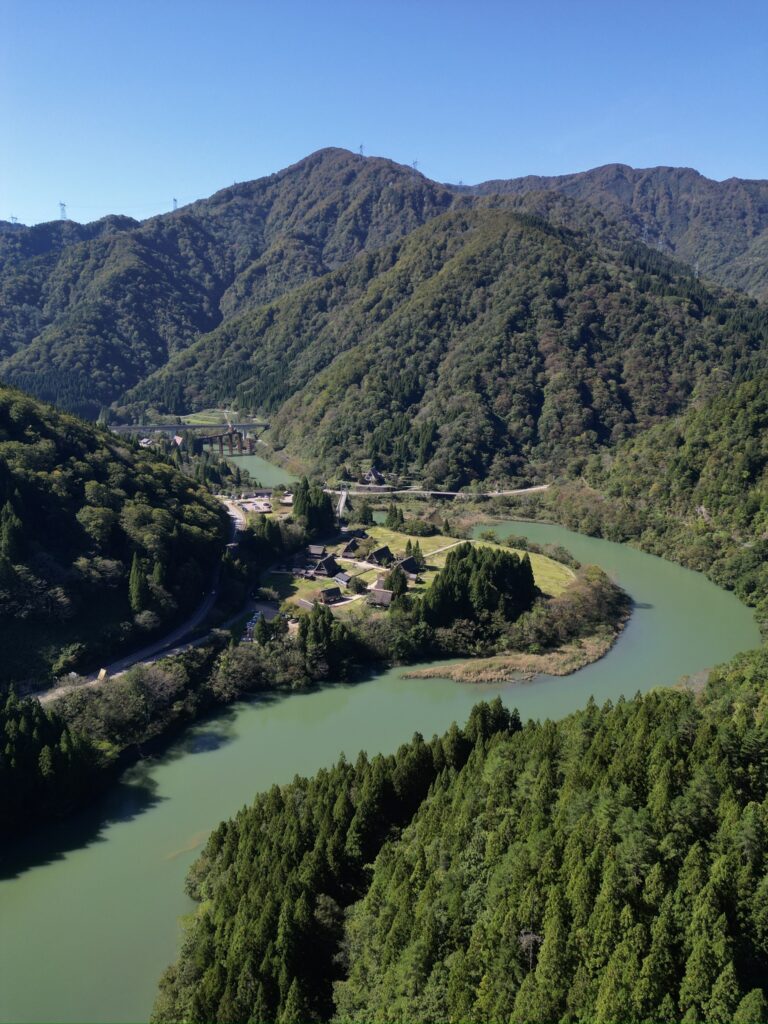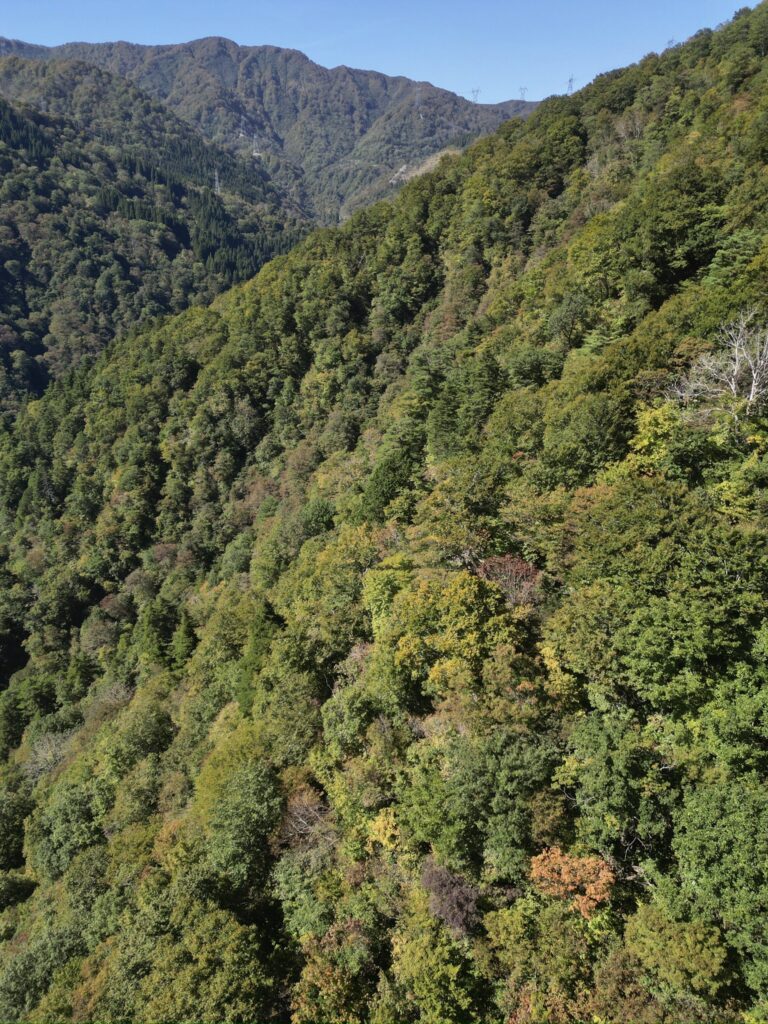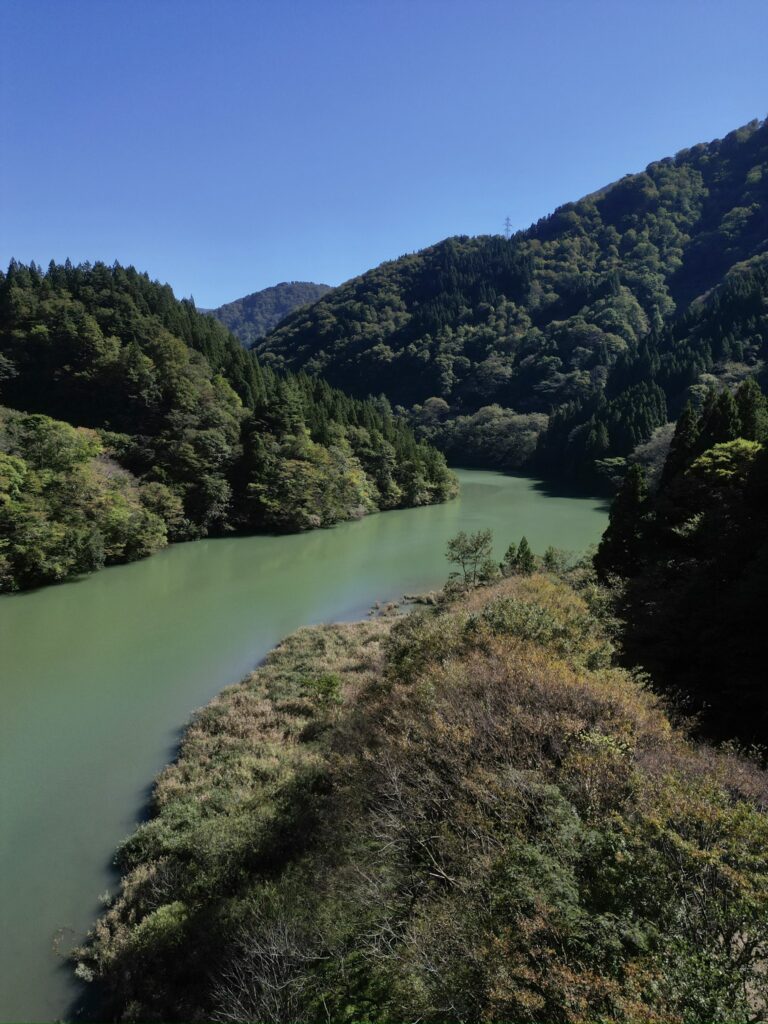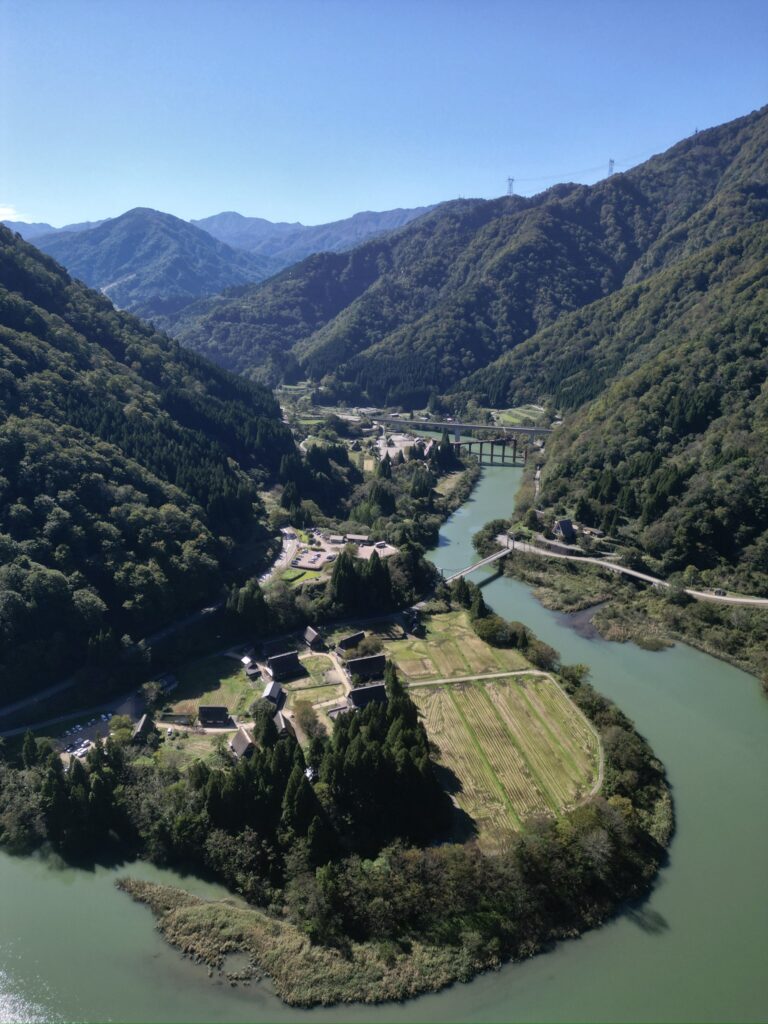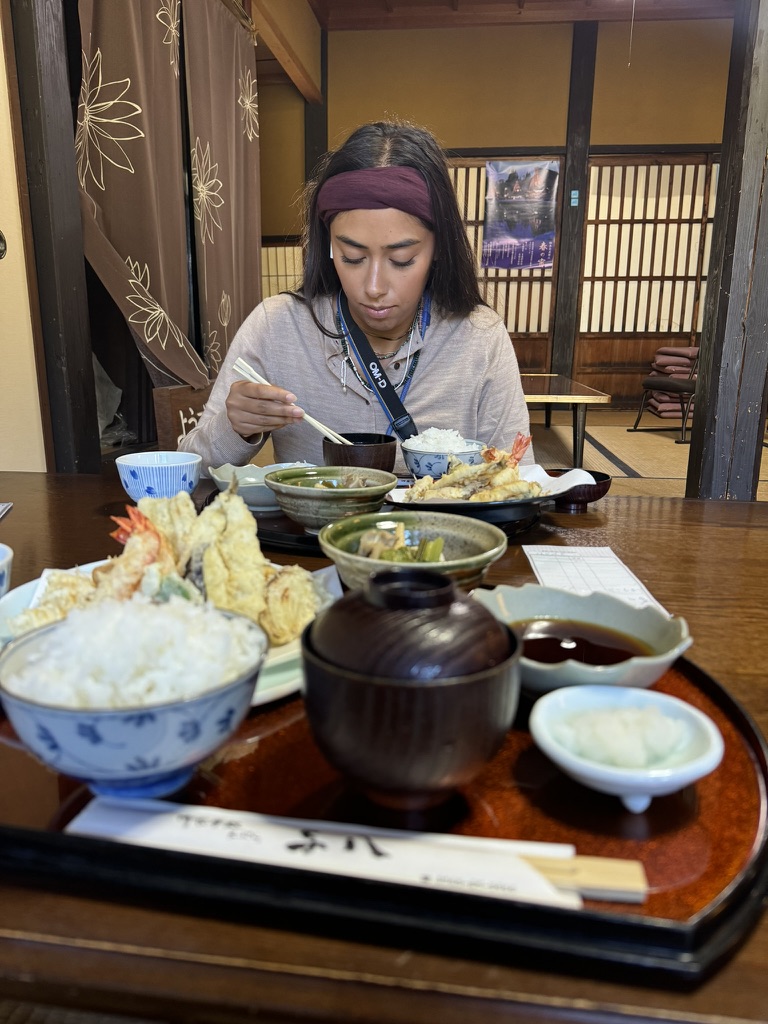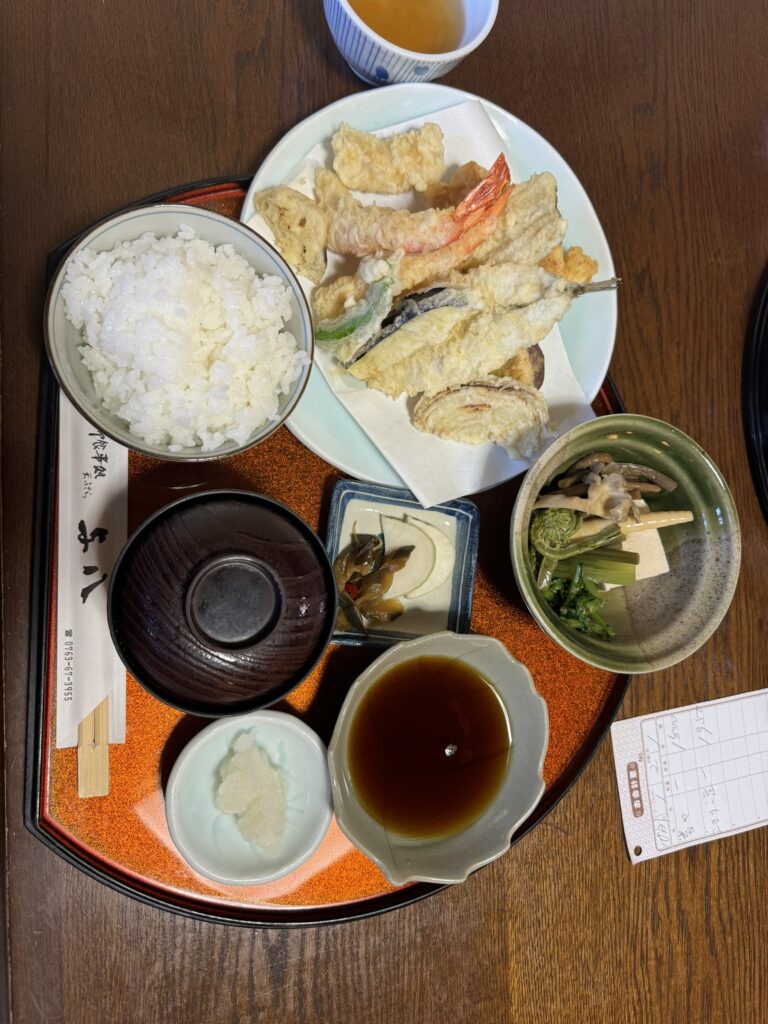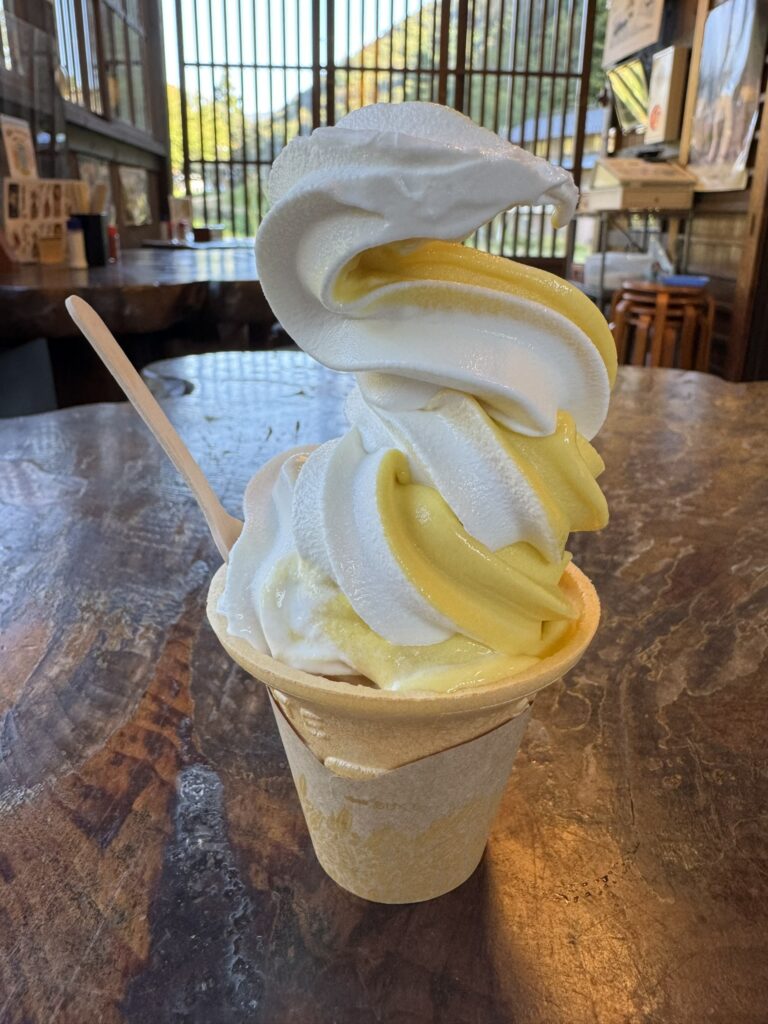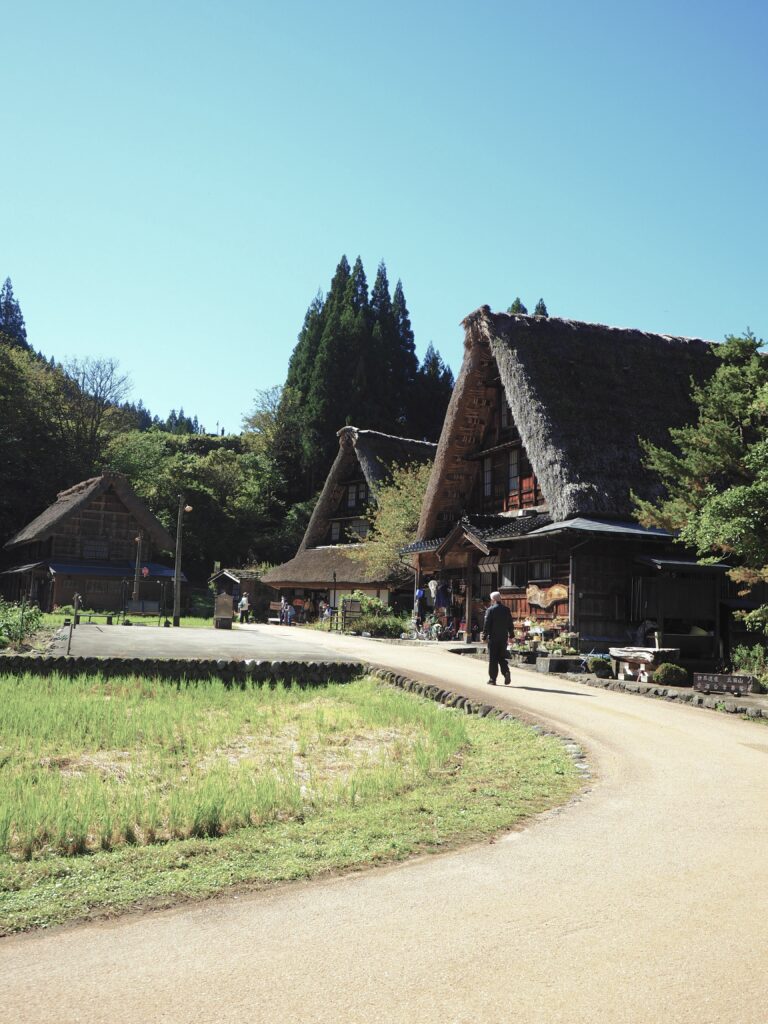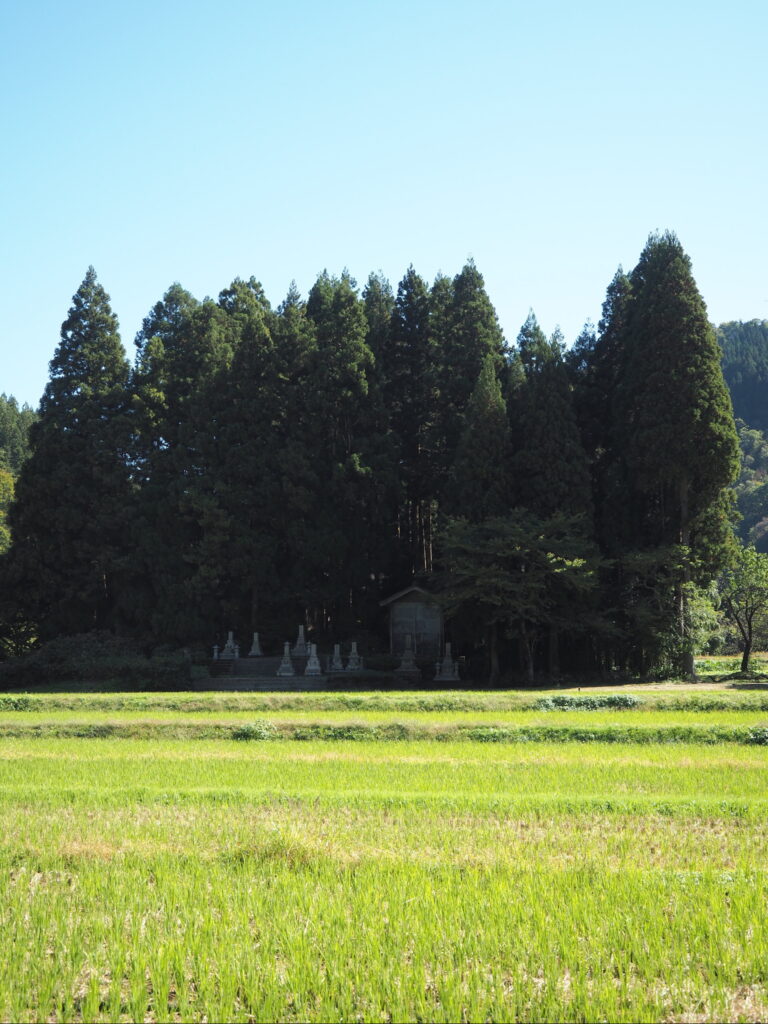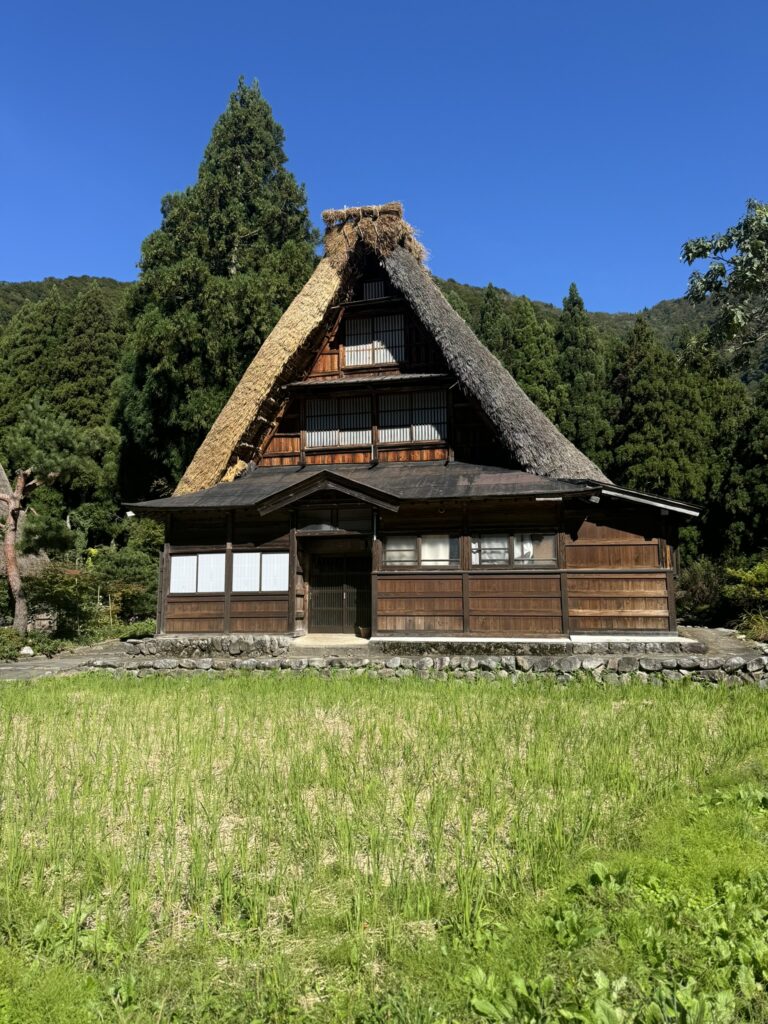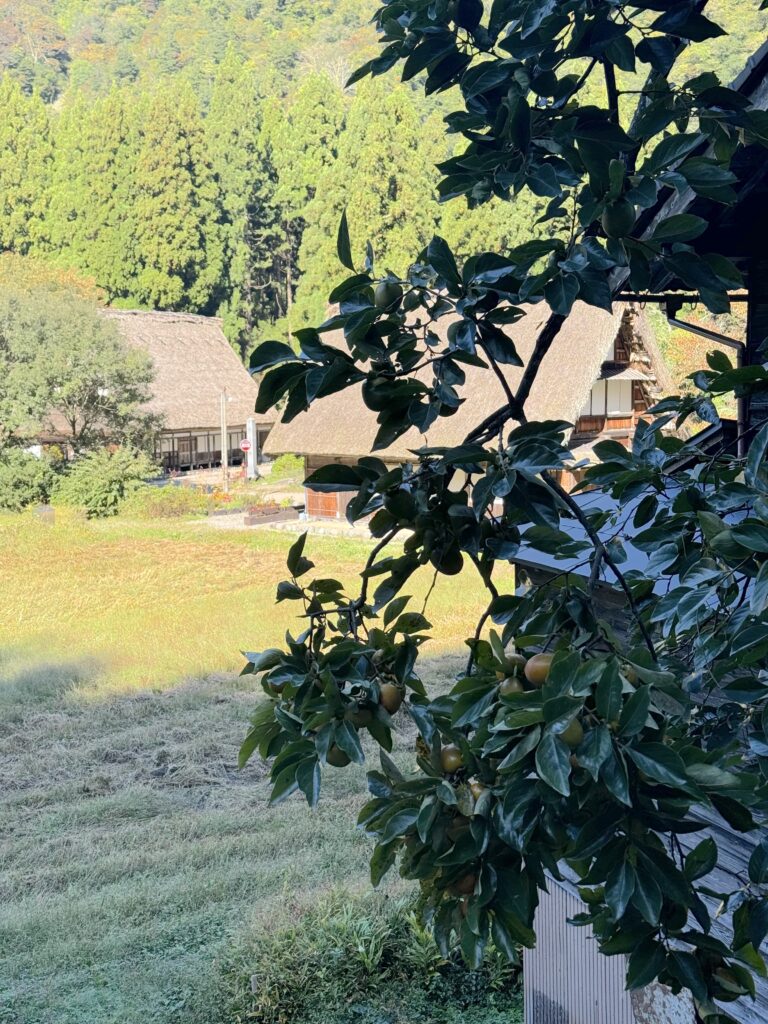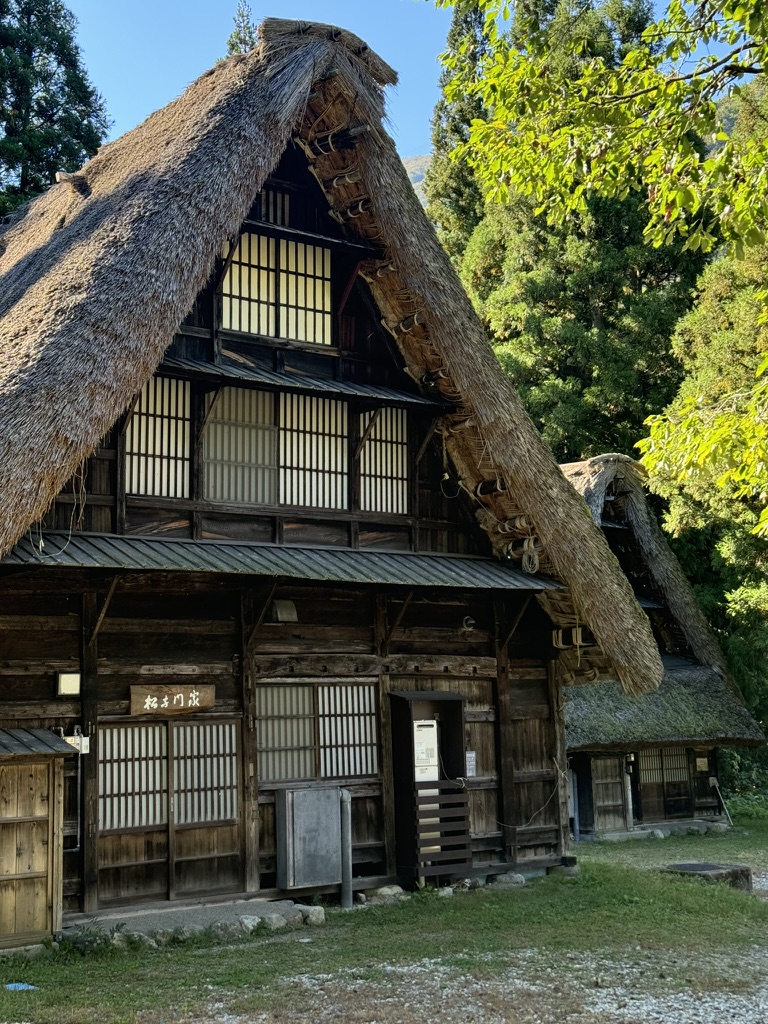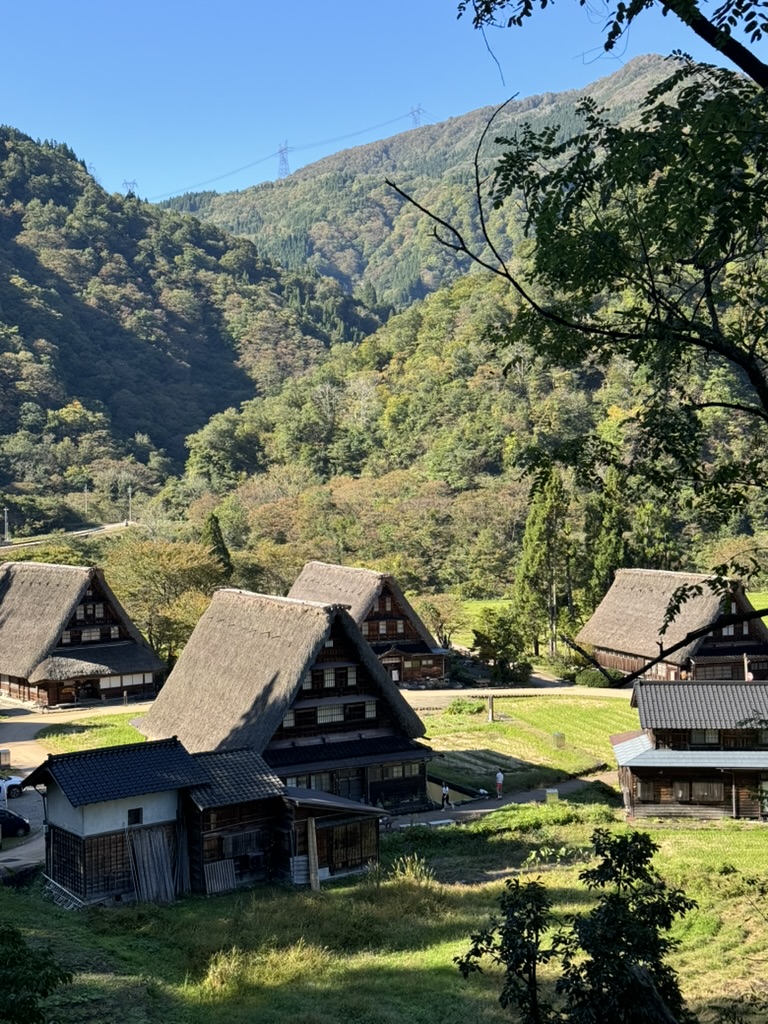Kanazawa & Gokayama
19 October 2024
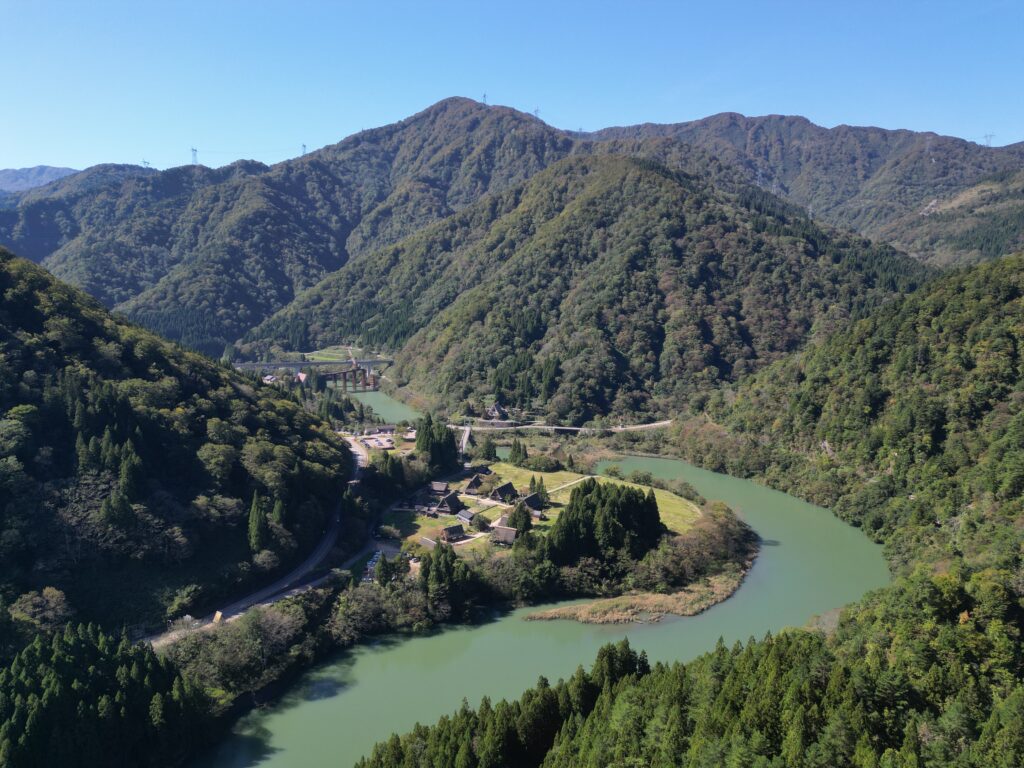
Kanazawa surprised me with its mix of samurai history, gardens, and a slower pace compared to Japan’s bigger cities. From there, I headed into the mountains to Gokayama, where steep thatched-roof houses sit quietly in the valleys. The contrast between the city and the remote villages made the trip feel like stepping through different layers of Japan’s past.
Day 1
I didn’t wake up until almost 10:00 am. We checked out of the hotel at noon and walked to the bus station to take the bullet train to Kanazawa. The bullet train was more expensive than I expected at $50 a ticket.
When we arrived, it was raining, so we looked around the mall next to the train station for an umbrella. I am still hopelessly bad at converting yen to USD, so when I bought two umbrellas and saw the credit card charge for $40, I turned right around and returned them.
We checked into our hotel at around 4:00 pm and lay in our hotel room. Indi fell asleep for a bit, and I found a recommendation for a ramen place right across the road. I got us up and out the door a few minutes after it had opened at 5:30 pm. We arrived to find a line had already formed. We got in line, but it was freezing cold outside, and the line was outside and uncovered. It was threatening rain again, and we still had no umbrella. So, Indi went back to the hotel and changed (taking her sweet time) while I froze in line. She bought an umbrella from the hotel and stood in line so that I could change into long pants.
We were admitted to the restaurant shortly after my return. They had taken our order in line, so we didn’t have to wait long for the food. The ramen was extremely good – the best I had had up until that point. After dinner, we walked back across the street to the hotel, did some planning, and went to bed.
Day 2
- Omicho Market
- Kanazawa Castle Park
- Kazuemachi Chaya District
- Higashi Chaya District
- Kenroku-en
- Nagamachi Samurai District
Ōmichō Market
We woke up determined not to have another lazy day. We started at Ōmichō Market – a busy market packed with stalls selling everything from fresh crab to wagyu to eel skewers. They sell a lot of things at the market, but I focused on the food. I realized that while I love freshwater eel, I do not like saltwater eel.
Kanazawa Castle Park
Next, we walked to Kanazawa Castle Park. The park is a wide, open space where the reconstructed castle buildings sit surrounded by lawns and stone walls. I was seriously impressed by the castle’s wooden construction, built without nails using traditional techniques. Inside the castle, we watched a video on the reconstruction of the castle. The craftsmanship is incredible.
Kazuemachi Chaya District
Kazuemachi Chaya District is a small riverside area lined with preserved teahouses that once hosted geisha performances. It’s quieter than the more famous Higashi Chaya District, but the streets are often narrower, so it takes fewer people to fill the streets.
Higashi Chaya District
Higashi Chaya District is Kanazawa’s most famous geisha district, with streets of preserved wooden teahouses that date back to the Edo period. Some teahouses are still active, and a few are open to the public. It was crowded, but the buildings were charming.
Kenroku-en
We went back towards Kanazawa Castle to Kenroku-en – Kanazawa’s star attraction. Kenroku-en is a huge garden known as one of Japan’s “three great gardens.” It is said Kenroku-en embodies the six attributes of a perfect landscape: spaciousness, seclusion, artifice, antiquity, watercourses, and panoramas. I’m but a simple American pleb, and my opinion on the relative greatness of the garden will mean little. That being said, I found Kenroku-en stunning. The attention to detail surpasses my faculties of observation.
Nagamachi Samurai District
Nagamachi Samurai District is where Kanazawa’s samurai once lived. Narrow lanes lined with earthen walls lead to preserved residences, some of which are open to visitors. We arrived in the evening, so we skipped the crowds, but there were fewer businesses open. I regret not getting more photos.
For dinner, I got a dish called katsu curry. It’s a breaded and fried pork cutlet (tonkatsu) served with Japanese curry and, in this case, accompanied by shredded cabbage. I love tonkatsu more than almost anything in this life.
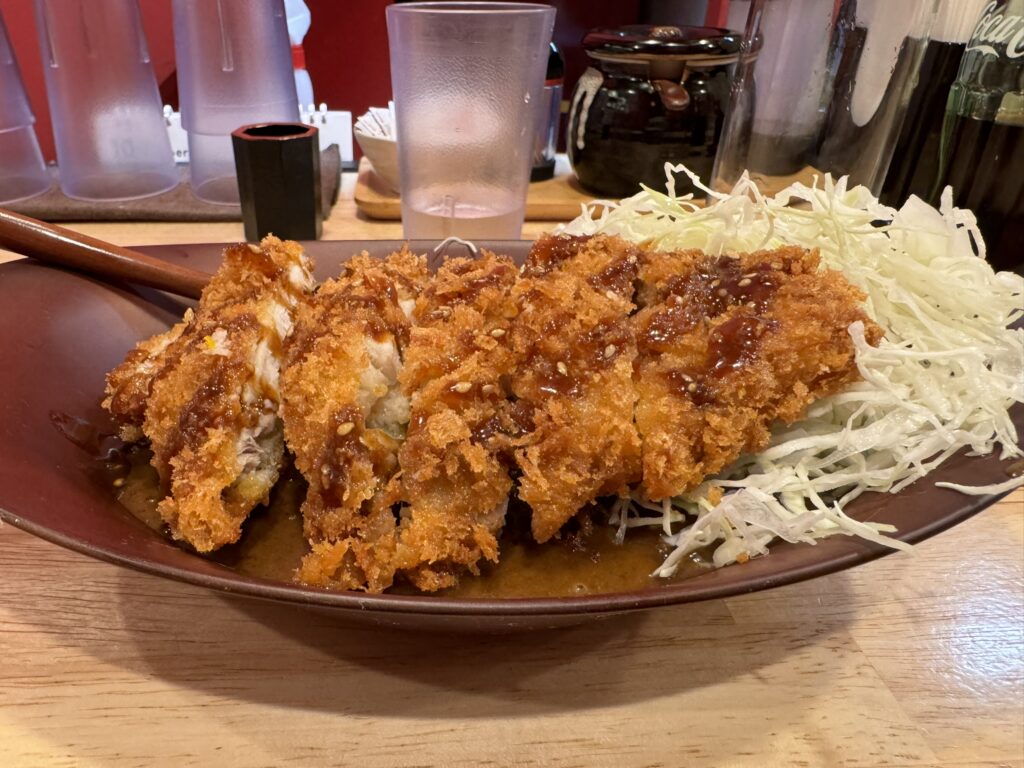
We successfully avoided another lazy day and packed the day full of fun things! Mission accomplished.
Day 2
- Gokayama
In the morning, we took a train ride to Takaoka, watching the city fade into the countryside as the mountains slowly came into view. From there, we switched to a bus that wound its way through narrow mountain roads, past rivers and small villages tucked into the valleys. The ride was very scenic as we drove through the “Japanese Alps”. It was a side of Japan we had not seen before. We didn’t have a set plan on which village to visit, so I picked one called Gokayama because it wasn’t as deep into the mountains which meant a shorter drive.
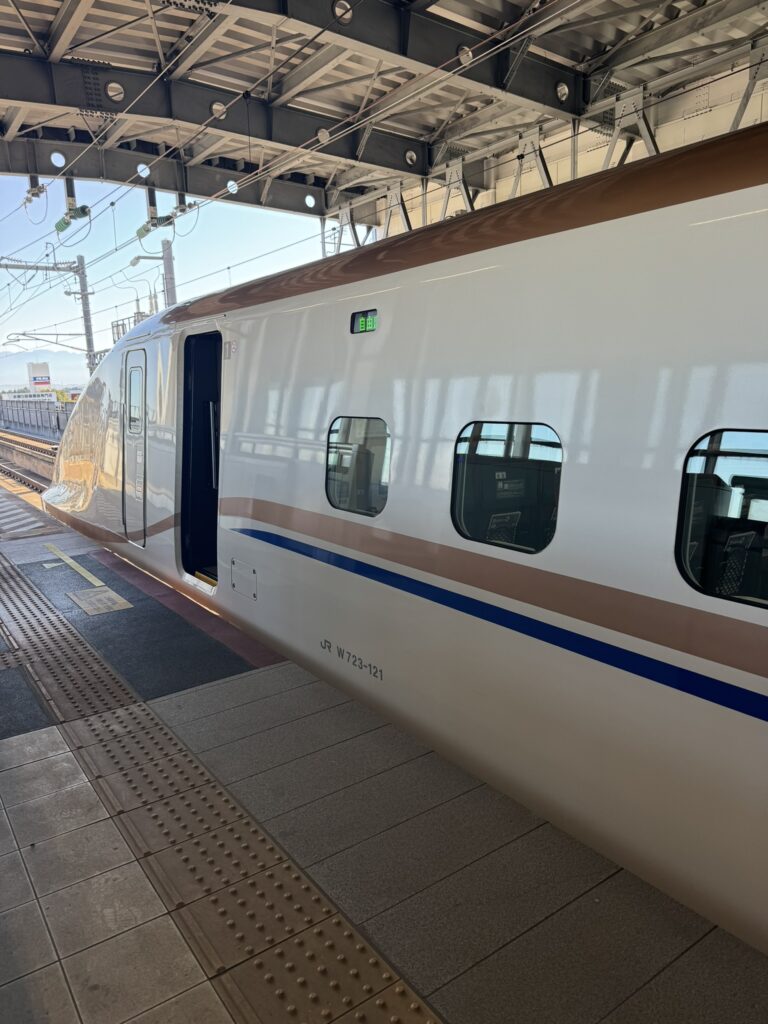
Gokayama
Gokayama is a small mountain village comprised of a handful of steep thatched-roof houses to withstand heavy snow. The charming homes give the place a storybook feel.
We ate lunch in the village, but the food was not very good. The ice cream was much better!
There were fewer tourists than I had expected. To my surprise, this was just a small neighborhood where people actually live. While we were there, villagers got together to cut down the tall grass they had sewn. They tied it into bundles to store and later use on their roofs. It gave me a small sense of what life is like for those who call Gokayama home.
We waited at the bus stop until the bus came around. We took it back the same way we had come. We bought a bullet train ticket to Tokyo. We got some bread at a bakery in the train station. The melon pan was the best – a sweet roll with a crunchy, sugary top. We took the bullet train to Tokyo, and I enjoyed the ride. The countryside was beautiful.
Next time
On our next adventure, we enjoy a seaside retreat in Kamakura.
